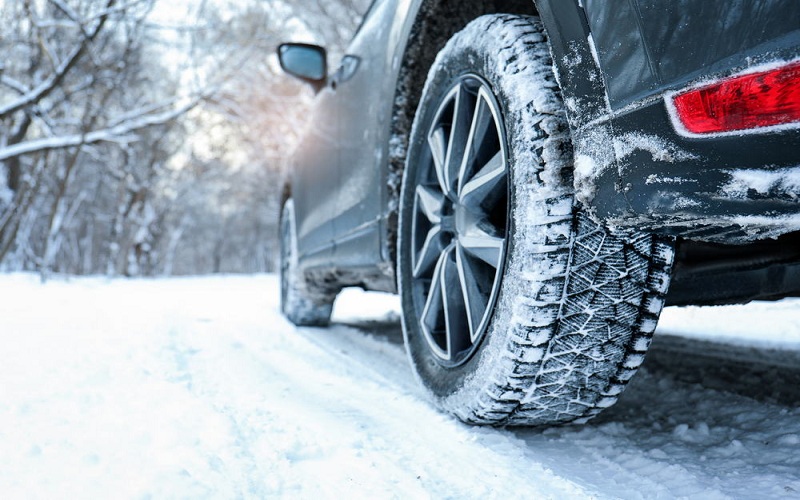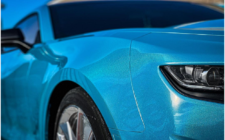When cold weather is due, it is important to thoroughly winterize your car to ensure it operates smoothly through snow, sleet, ice, freezing rain, and frigid temperatures. Taking adequate precautions well before the onset of winter can spare you from major hassles later on when weather conditions worsen. Investing a little time and effort in the now will pay off by preventing expensive repairs and allowing you to drive securely all through the cold period.
Check Systems Thoroughly
The first step is to carefully inspect the critical systems to find any issues that could leave you stranded when temperatures plummet. Assessing components that commonly fail in cold weather well ahead of time provides the chance to replace or repair parts before they disable your vehicle mid-winter.
Battery and Electrical System
Very cold temperatures put extra strain on batteries, making a poorly charged one more likely to leave you stationary in the driveway. Take your car to a certified mechanic to get the charging system tested, connections checked for corrosion, the battery load tested, and determining whether a replacement is required because of old age or low capacity to hold a charge. Corroded battery cables and terminals should be cleaned to optimize conductivity. The experts over at Clore Automotive recommend buying a battery maintainer, which can remain connected to your battery to provide a slow steady charge when the car sits for long periods.
Tires
As temperatures drop, rubber tires become less pliable and lose traction on icy or snow-packed roads. Install a set of four winter tires to regain control, braking ability, steering responsiveness, and avoid skids while driving in winter precipitation. Because of deeper grooves and more slits cut across the tread, winter tires channel away slush and snow buildup better than all seasons.
Fluids
Inspect all fluids, including oil, transmission, coolant, power steering, brake, washer, and gasoline to ensure levels meet indicated markers on reservoirs and tanks. Liquids can slowly seep from seals and gaskets, leaving you low without realizing it. Top up any low fluids to prevent flow reduction or freezing up of moisture contaminated reservoirs. Also make sure that washer fluid has antifreeze components to prevent icing and obscuring visibility through smeared or frosted windows. Consider stashing extra bottles in the trunk along with emergency gear like scrapers, blankets, gloves, and road flares.
Inspect Wipers and Defrosters
Windshield wipers take a beating through months of precipitation, UV exposure, and opening and closing pressure placed on the blades against glass. Budget for a set of winter wipers installed well before freezing rain or snow begins accumulating to avoid struggling with streaky vision or large patches the worn blades can’t reach. Test front and rear defrosters blowing at maximum heat settings, as clear glass is mandatory for driving legally and safely along wintery roads.
Prepare an Emergency Cold Weather Kit
Even with full winterization, vehicles can still break down in remote areas. Load an emergency kit including warm blankets, gloves, hats, boots, candles, matches, energy bars, bottled water, and a flashlight. Keep flares and folding reflectors to alert other drivers to stalled vehicles. Jumper cables and portable battery chargers provide power boosts sufficient to reawaken a weakened battery. Having these supplies on hand reduces the chances of a manageable mishap morphing into a more life-threatening situation.
Conclusion
Getting your car fully prepped for winter takes some effort upfront, but following these comprehensive guidelines reduces the chances of cold weather issues ruining your day and keeps you safe in harsh conditions. Your fully winterized car will then transport you reliably through whatever weather comes your way.




